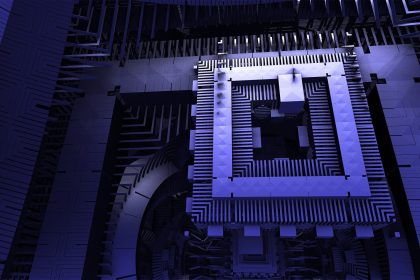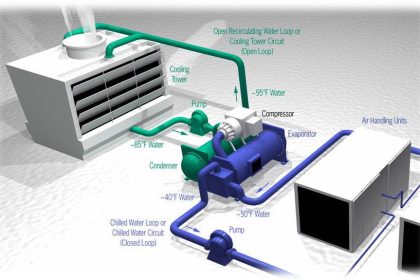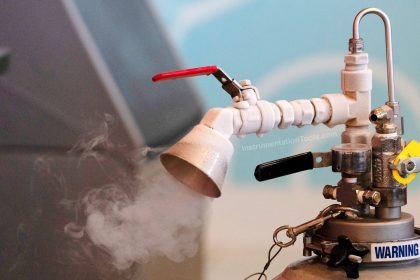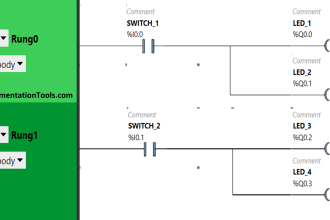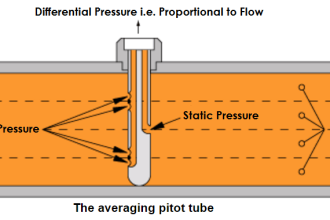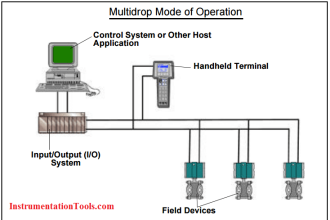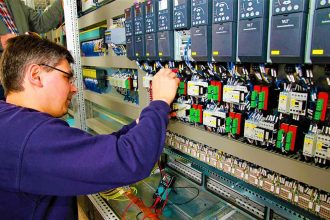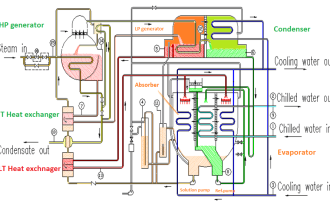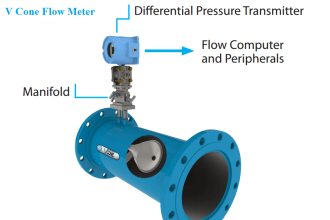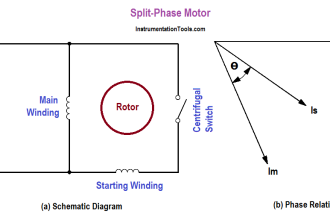In this article, you will learn about the cable bending radius and the calculation of Cable Bending Radius.
Cable Bending Radius
The cable bending radius is the smallest radius that a cable can be bent around without damaging it. The greater the material’s flexibility, the smaller the bending radius. Generally, cable bending radius is stated as an element of cumulative cable dimension like 10D, the outer diameter of that cable.
To prevent the over-bending of cables, here are a few recommendations on cable feeding during the setup process.
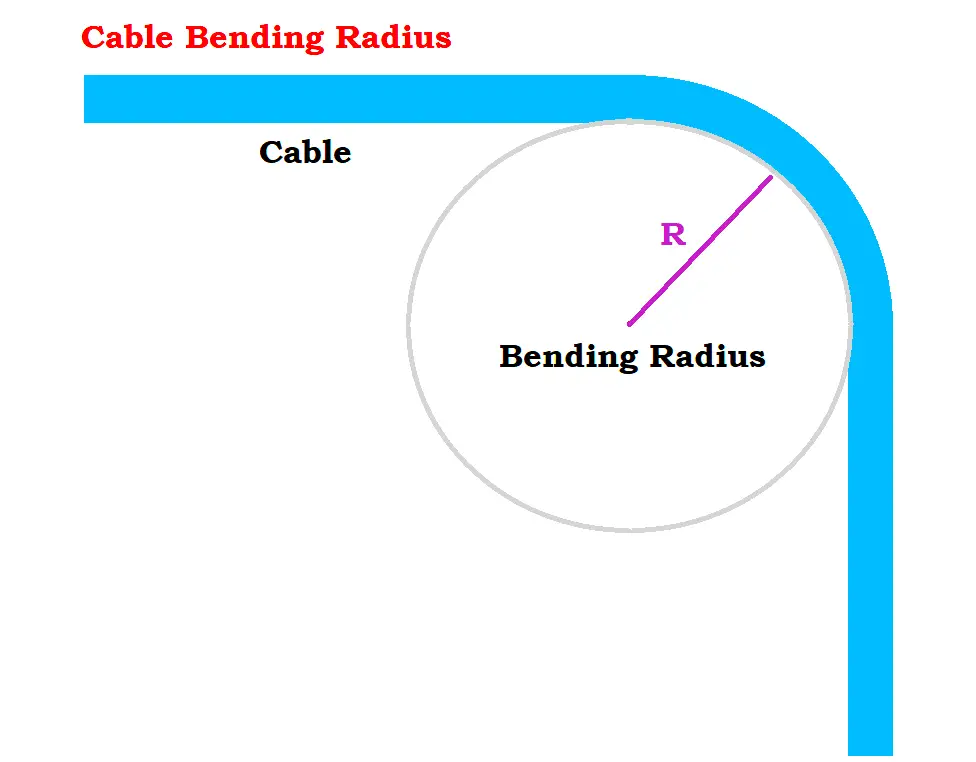
Setup for Overhead
Feeding cables overhead into a cable tray, a cable drum on jacks or cable stands can be mounted so that the cable can be easily pulled from the top.
This is the recommended orientation for pulling cables rather than from the underside this protects the cable from potential damage caused by over-bending or friction against the ground, particularly if sharp objects such as rocks or nails are present.
Setup for duct close to the floor
Feeding or installing the cable in a duct close to the ground surface, the cable is pulled from the underside instead. Considering placing cable rollers for easy installation and to prevent damage to your cable sheath.
Setup for pulling around bends
Pulling around bends requires a larger shaft assembly than the minimum bending radius. The position of the pulleys must be in a way that the effective curvature is smooth instead of polygonal.
Maximum Pulling Tension
During large cable installation, it is highly preferred to have a cable-pulling grip connected to the top end of the metallic conductor.
Pulling accessories on cables must be protected with shielded tape to prevent the scoring of cable trays, cable ladders, and installation pulleys. A dynamometer is used to verify that the cable’s maximum pulling tension must not exceed as advised by the manufacturer/vendor.
The below table represents the maximum permissible pulling Tension in Kgf.
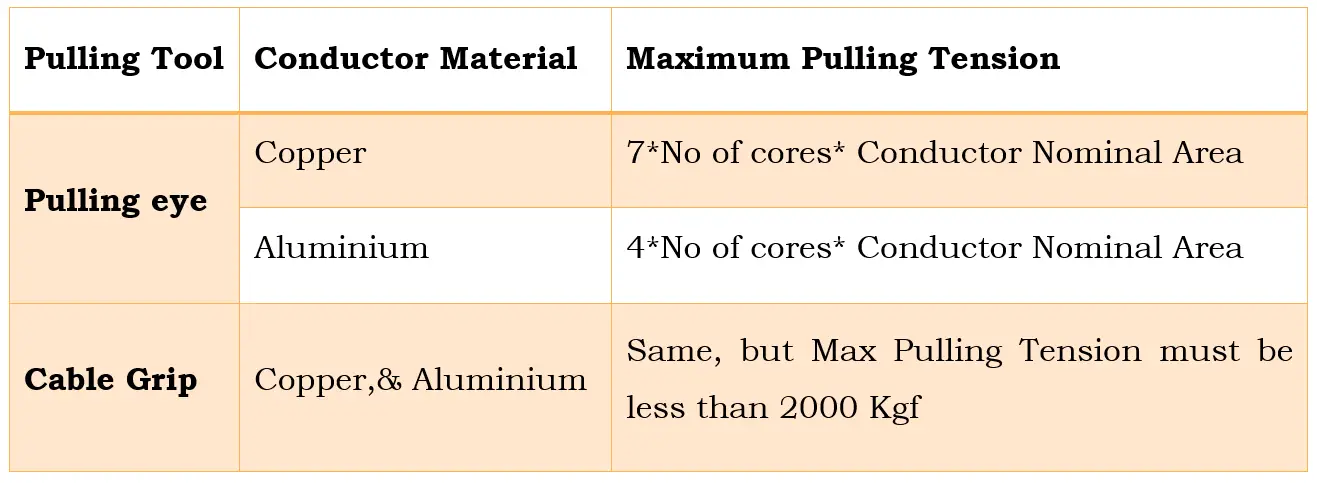
Note:
1. The cable must be pulled at a constant speed.
2. Long-length cable drum must not be rotated very fast because overrun makes cable damage if the pulling speed is reduced or stopped immediately.
Side Wall Pressure
The tension experienced by the cable as it is pulled through a curved section is known as sidewall pressure. Sidewall pressure is calculated by both the pulling tension on the cable and the cable’s bending radius limitation. To prevent cable damage, side wall pressure is maintained below the maximum permissible limit of 500 Kgf/m.
Mathematically,
Side Wall pressure to cable is given by the ratio of Pulling Tension in Kgf to Bending Radius in meter
Side Wall pressure to cable = Pulling Tension in Kgf / Bending Radius in meter
Side Wall pressure to cable = T/R
Calculation of Cable Bending Radius
To setup and configure these electrical cables to ensure safety without impacting their electrical and physical properties,
Cable Bending Radius is given by
Cable Bending Radius (R) = 4* Diameter.
For a cable with a diameter D= 21.4 mm
Bending Radius of cable (R) = 4*D = 4 x 21.4 mm = 85.6 mm
The below three tables represents the minimum bending radius required for various cable types.
Minimum Cable Bending Radius for Fire Resistant Cable. (as shown below image)
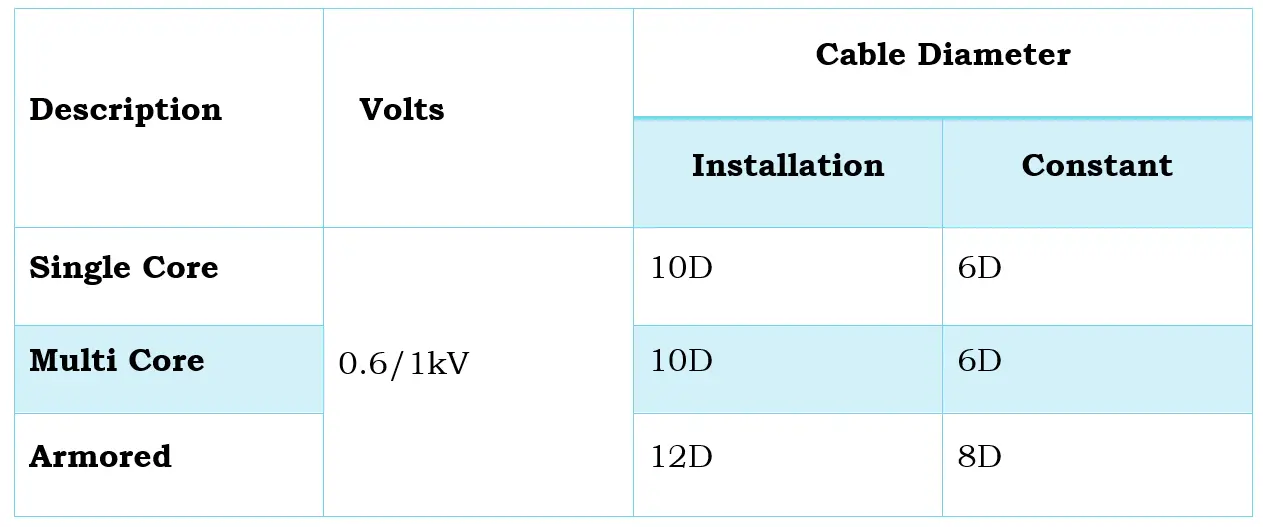
Minimum Cable Bending Radius for PVC Insulated Power Cables. (as shown below image)
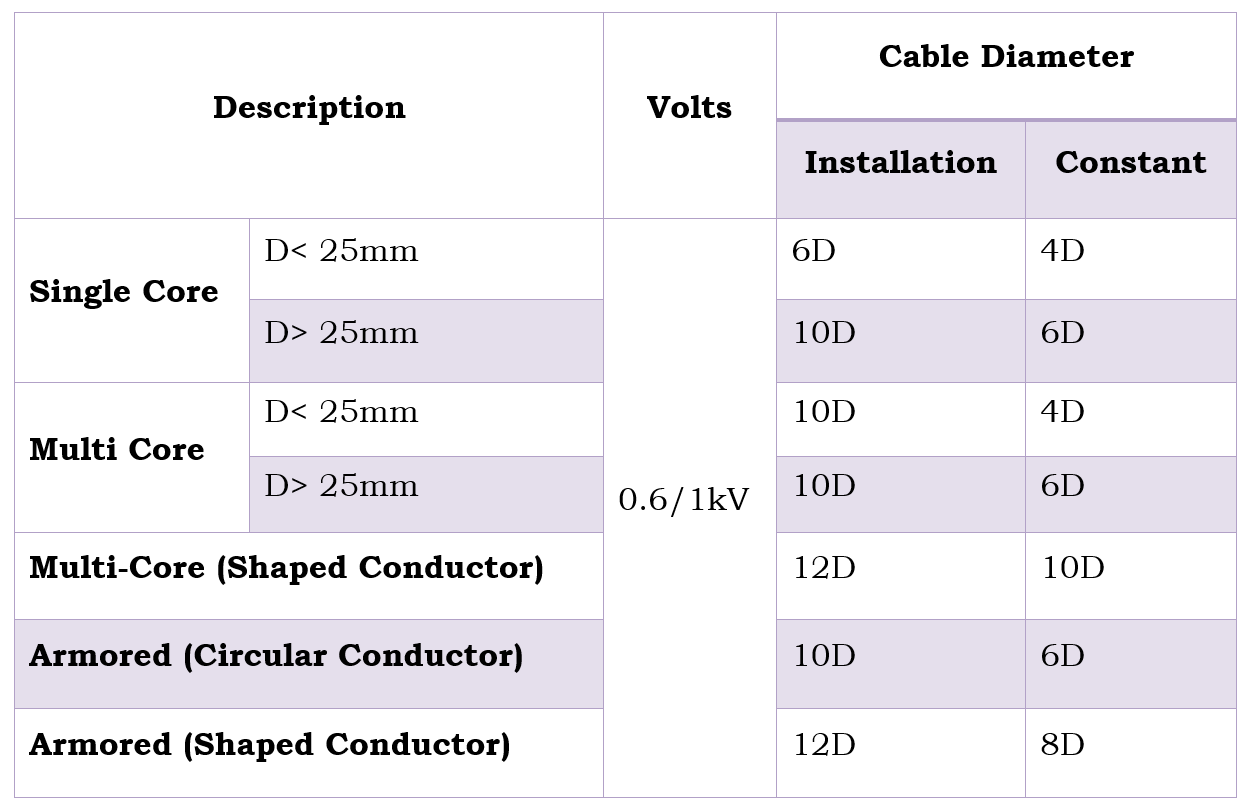
Minimum Cable Bending Radius for XLPE Insulated Power Cables. (as shown below image)
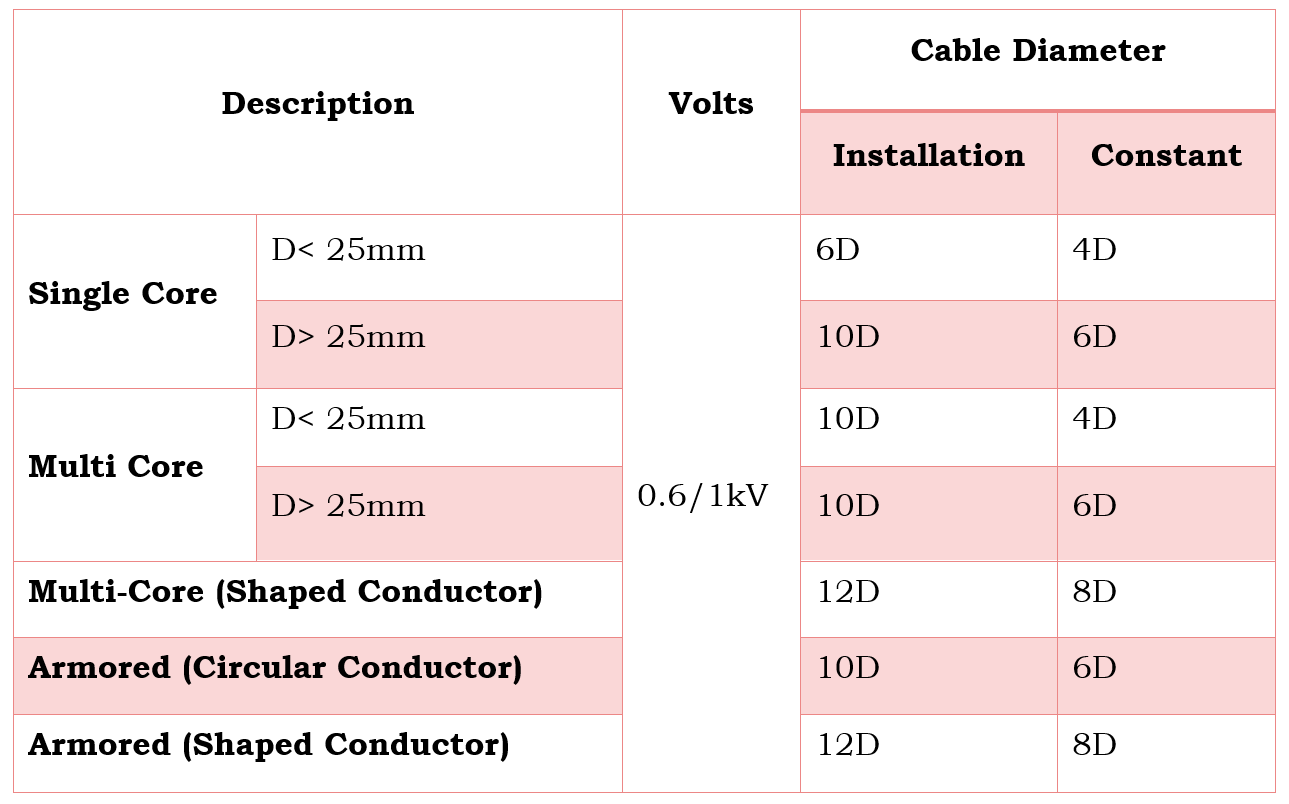
What are the factors that influence Minimum Bending Radius?
Factors that influence Minimum Bending Radius are as follows.
- The Cable Size,
- The Cable Construction,
- The Conductor Type
- Sheathing Type And
- Insulation Types.
If you liked this article, then please subscribe to our YouTube Channel for Electrical, Electronics, Instrumentation, PLC, and SCADA video tutorials.
You can also follow us on Facebook and Twitter to receive daily updates.
Read Next:
- What is an HRC Fuse?
- SCADA in Power System
- What is a Buchholz Relay?
- Motor Winding Sensors
- Electrical Panel Bus Coupler

